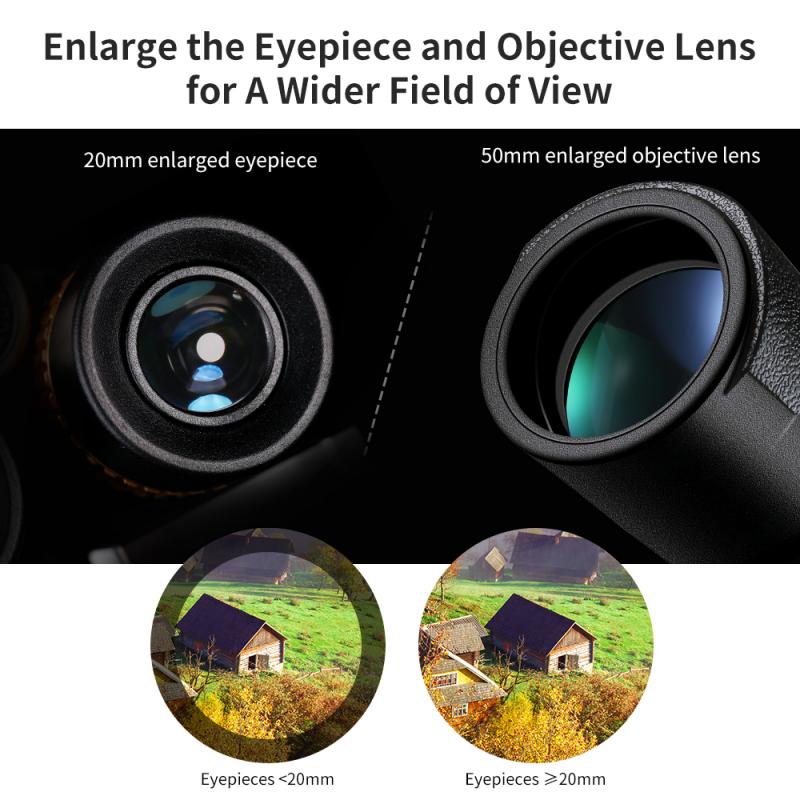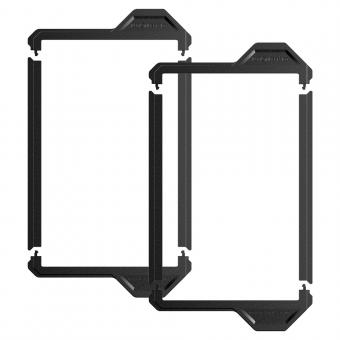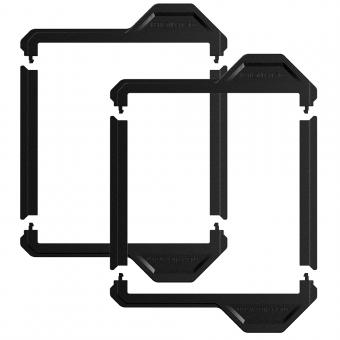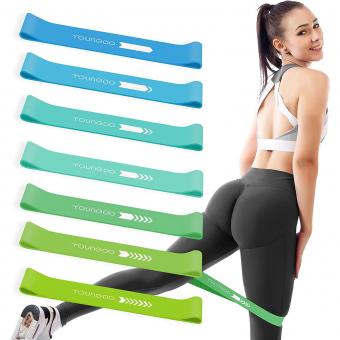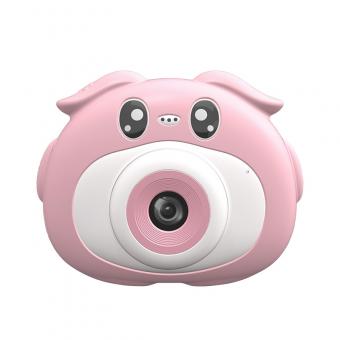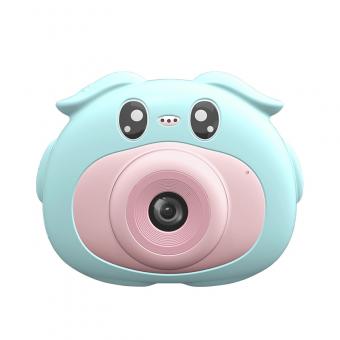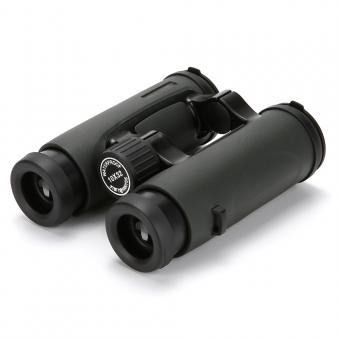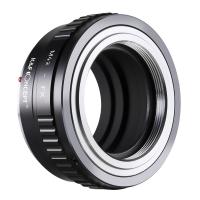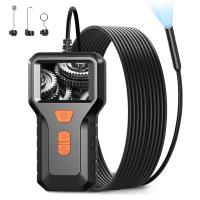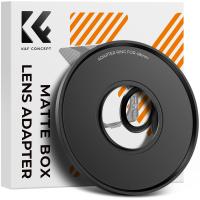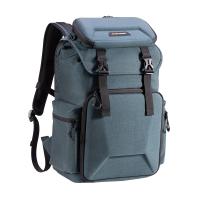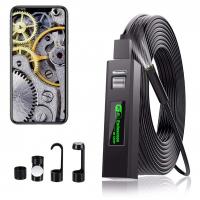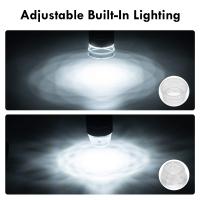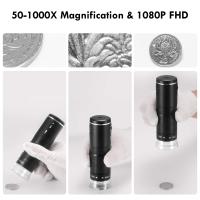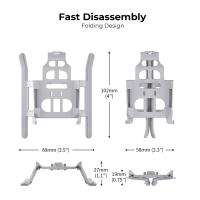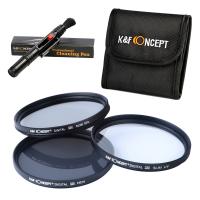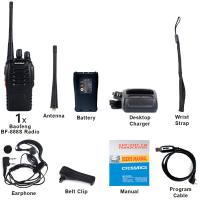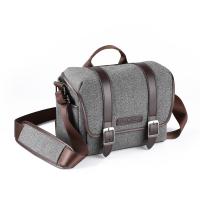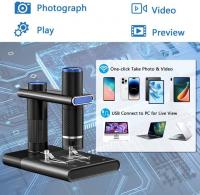What Is A Good Strength For Binoculars ?
A good strength for binoculars depends on the intended use and personal preference. Common strengths for binoculars range from 7x to 10x, with some models offering higher magnification. A lower magnification, such as 7x, provides a wider field of view and is suitable for activities like birdwatching or sporting events. Higher magnifications, like 10x, offer more detailed views but may have a narrower field of view and can be more challenging to stabilize. It is important to consider factors such as the intended use, the environment, and the user's ability to hold steady when choosing the appropriate strength for binoculars.
1、 Magnification power
Magnification power is a crucial factor when determining the strength of binoculars. It refers to the degree to which the binoculars can enlarge the image of the observed object. A higher magnification power allows for a closer view of distant objects, making it easier to see fine details. However, there is no one-size-fits-all answer to what is a good strength for binoculars as it depends on the intended use and personal preferences.
For general purposes such as birdwatching, wildlife observation, or sporting events, a magnification power between 8x and 10x is commonly recommended. This range strikes a balance between providing sufficient detail and maintaining a stable image. Higher magnification powers, such as 12x or 16x, can be useful for long-distance observations, but they may also result in a narrower field of view and a shakier image due to increased hand movements.
It is important to note that higher magnification does not always equate to better binoculars. Other factors such as the quality of the optics, lens coatings, and stability of the image also play a significant role in determining the overall performance. In recent years, there has been a growing trend towards binoculars with lower magnification powers, such as 8x or 7x, as they offer a wider field of view and are easier to hold steady.
Ultimately, the choice of magnification power should be based on the specific needs and preferences of the user. It is recommended to try out different binoculars with varying magnification powers to determine the most suitable strength for individual requirements.

2、 Objective lens diameter
Objective lens diameter is a crucial factor in determining the strength and performance of binoculars. It refers to the diameter of the front lenses of the binoculars, typically measured in millimeters. The objective lens diameter directly affects the amount of light that enters the binoculars, which in turn impacts the brightness and clarity of the image.
A larger objective lens diameter allows more light to enter the binoculars, resulting in brighter and clearer images. This is particularly important in low-light conditions, such as at dusk or dawn, or when observing distant objects. Binoculars with larger objective lenses also have a wider field of view, allowing you to see more of the scene at once.
However, it is important to note that a larger objective lens diameter also means a larger and heavier pair of binoculars. This can make them less portable and more challenging to hold steady for extended periods. Additionally, larger objective lenses may require a larger exit pupil, which is the diameter of the beam of light that reaches your eyes. If the exit pupil is larger than the diameter of your pupils, some of the light will be wasted.
The ideal objective lens diameter depends on the intended use of the binoculars. For general-purpose use, a diameter between 30mm and 42mm is commonly recommended. These sizes strike a balance between brightness, portability, and ease of use. However, for specialized purposes such as astronomy or birdwatching, larger objective lens diameters, such as 50mm or even 70mm, may be preferred to maximize light gathering capabilities.
It is worth mentioning that recent advancements in lens coatings and optical technologies have improved the performance of binoculars with smaller objective lens diameters. These advancements allow for better light transmission and image quality, making smaller objective lenses more viable options for various applications.
In conclusion, the objective lens diameter is a critical factor in determining the strength of binoculars. The ideal diameter depends on the intended use, with a balance between brightness, portability, and ease of use. Recent advancements in optical technologies have also made smaller objective lens diameters more viable options for different applications.
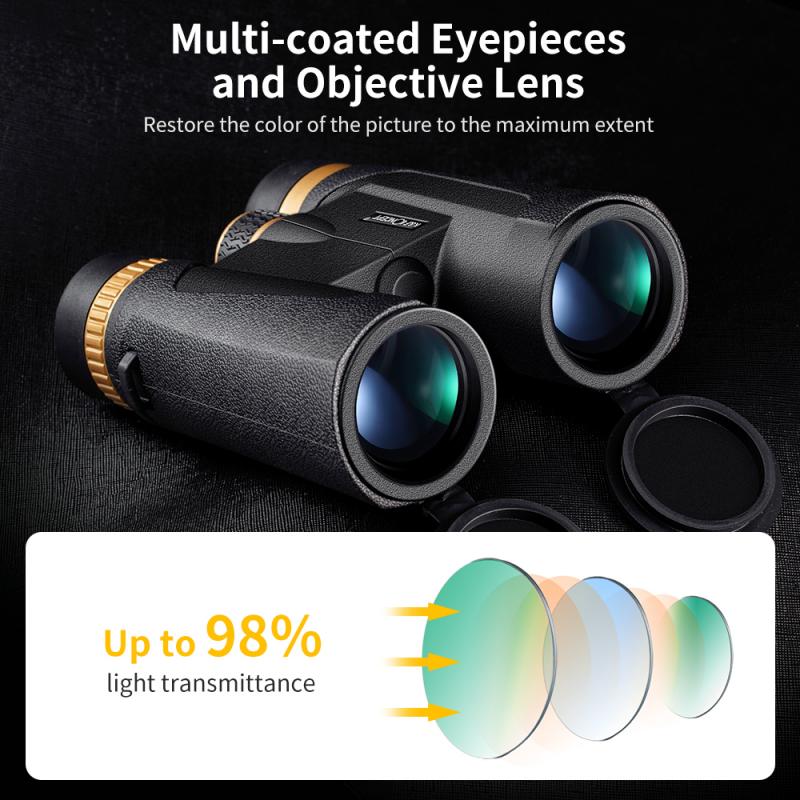
3、 Field of view
Field of view is indeed a crucial factor to consider when determining the strength of binoculars. It refers to the width of the area that can be seen through the binoculars at a specific distance. A wider field of view allows for a larger area to be observed, making it easier to track moving objects or scan a landscape quickly. On the other hand, a narrower field of view provides a more magnified image, which can be advantageous for detailed observations.
The ideal strength of binoculars largely depends on the intended use. For activities such as birdwatching, wildlife observation, or sports events, a wider field of view is generally preferred. This allows for a better overview of the surroundings and makes it easier to locate and follow fast-moving subjects. A field of view of around 6-8 degrees is considered good for these purposes.
However, for activities that require more detailed observations, such as stargazing or hunting, a narrower field of view may be more suitable. This allows for a higher level of magnification, enabling the viewer to see finer details of distant objects. In these cases, a field of view of around 4-6 degrees is often recommended.
It is worth noting that advancements in technology have led to the development of binoculars with wider fields of view without compromising on magnification power. Manufacturers are constantly striving to improve the optical design and engineering of binoculars to provide users with a better viewing experience. Therefore, it is always advisable to check the latest models and reviews to find binoculars that offer a good balance between field of view and magnification strength.
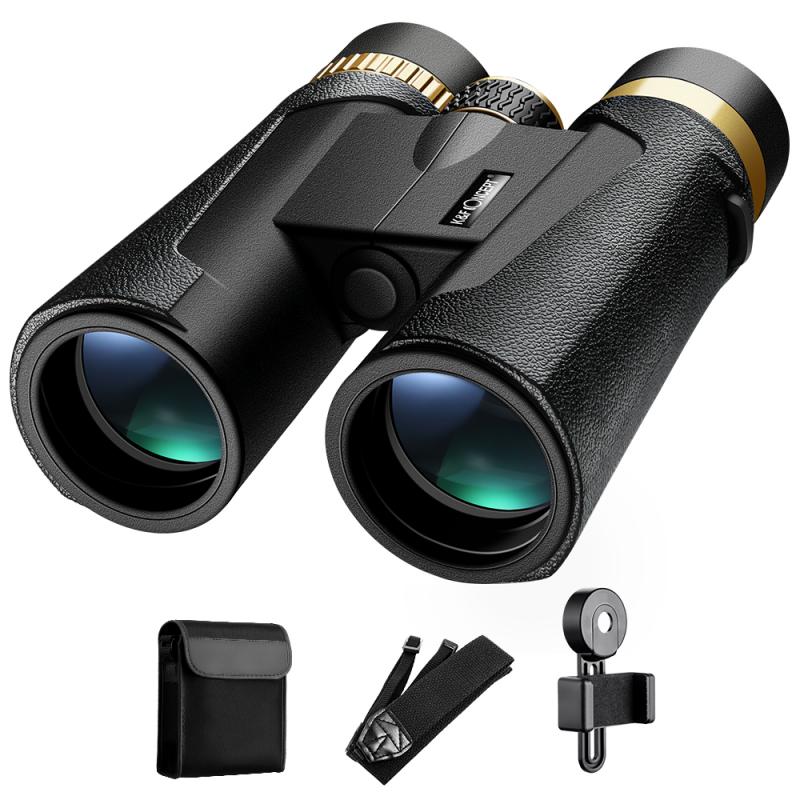
4、 Lens coating quality
Lens coating quality is a crucial factor when determining the strength of binoculars. The coating on the lenses helps to enhance the overall performance and image quality by reducing glare, improving light transmission, and minimizing reflections. A good strength for binoculars would be a high-quality lens coating that effectively enhances the viewing experience.
There are different types of lens coatings available, such as anti-reflective coatings, multi-coatings, and fully multi-coatings. Anti-reflective coatings are designed to reduce reflections and increase light transmission, resulting in brighter and clearer images. Multi-coatings involve multiple layers of coatings on the lenses, which further enhance light transmission and color fidelity. Fully multi-coated lenses have the highest quality coatings, providing maximum light transmission and superior image quality.
The latest point of view emphasizes the importance of lens coating quality in binoculars. With advancements in technology, manufacturers are constantly improving the quality of lens coatings to provide users with a better viewing experience. High-quality lens coatings not only enhance image clarity but also improve color accuracy and contrast, allowing users to see finer details and vibrant colors.
In addition to lens coating quality, other factors such as lens size, magnification power, and objective lens diameter also contribute to the overall strength of binoculars. However, lens coating quality remains a critical aspect as it directly affects the image quality and performance of the binoculars.
In conclusion, a good strength for binoculars would include high-quality lens coatings. These coatings help to reduce glare, improve light transmission, and minimize reflections, resulting in brighter, clearer, and more detailed images. As technology advances, manufacturers continue to improve lens coating quality to provide users with an enhanced viewing experience.
